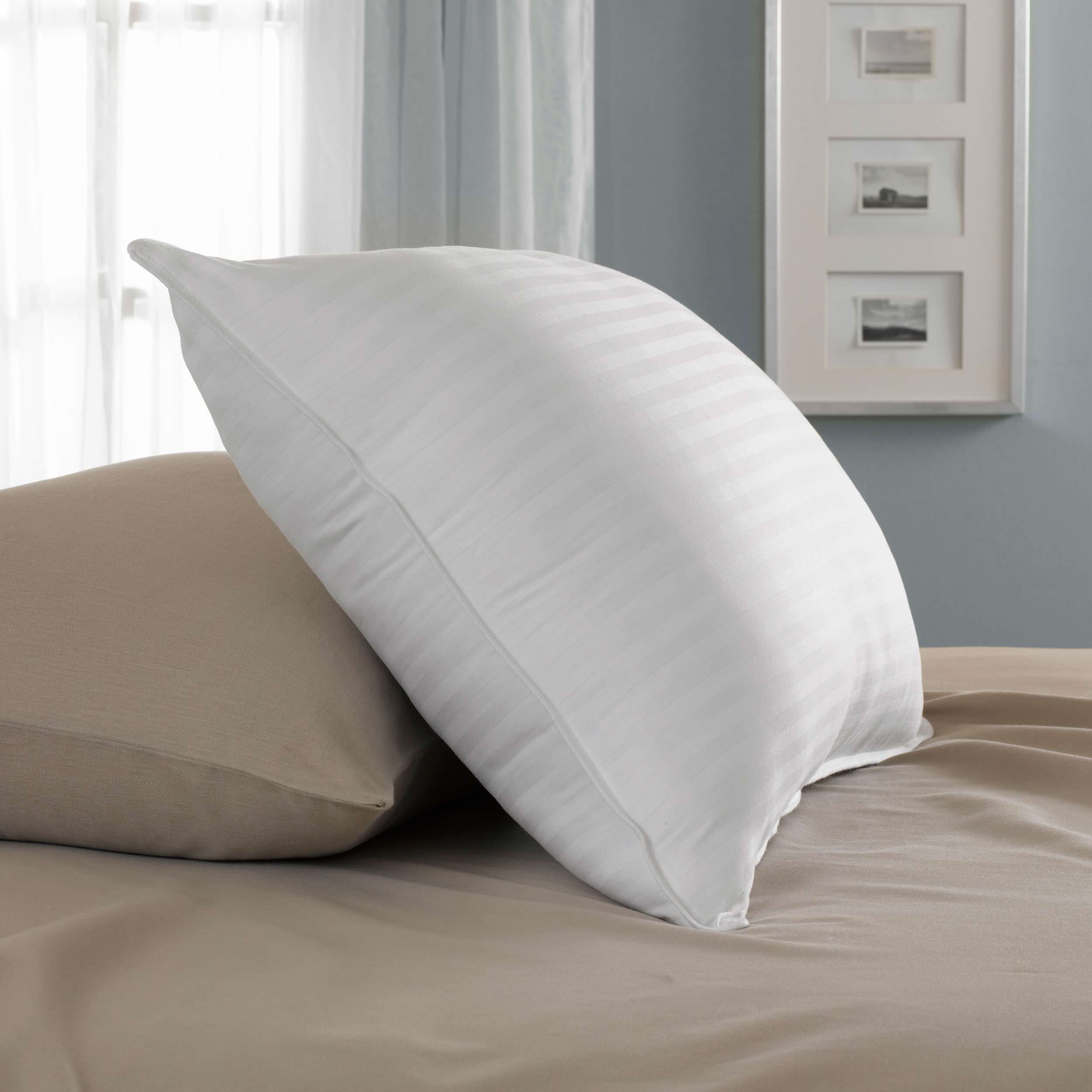

Articles
What Are Down Pillows
Modified: January 5, 2024
Discover the benefits of down pillows in our informative articles. Find out why down pillows offer unparalleled comfort and support for a restful night's sleep.
(Many of the links in this article redirect to a specific reviewed product. Your purchase of these products through affiliate links helps to generate commission for Storables.com, at no extra cost. Learn more)
Introduction
When it comes to getting a good night’s sleep, having the right pillows is essential. There are countless options available, but one that continues to stand out for its luxurious comfort and quality is the down pillow. With their soft and fluffy texture, down pillows provide a sleeping experience that is unmatched by synthetic alternatives.
In this article, we will explore what down pillows are, their composition, benefits, drawbacks, factors to consider when choosing them, and how to properly care for them. Whether you’re in search of the perfect pillow for yourself or looking to upgrade your bedding, understanding the unique qualities of down pillows will help you make an informed decision.
Key Takeaways:
- Luxurious Comfort: Down pillows offer unmatched softness, adaptability, and insulation, providing a cloud-like sleeping experience that promotes relaxation and restful slumber.
- Considered Choices: When selecting a down pillow, factors such as fill power, firmness, and size should be considered to ensure optimal comfort and support. Proper care and maintenance can prolong the pillow’s lifespan, making it a worthwhile investment for quality sleep.
Read more: What Is Down Alternative In Pillows
What Are Down Pillows?
Down pillows are filled with the soft, fluffy undercoating of waterfowl, usually ducks or geese. This undercoating, known as down, is the layer of fine feathers found beneath the outer feathers. It is exceptionally light, providing a plush and cloud-like feel that cradles your head and neck as you sleep.
The down used in pillows is typically sourced from the breast or underbelly of waterfowl, as these areas produce the softest and most resilient down fibers. This type of filling is highly regarded for its natural insulating properties, meaning it can regulate temperature and keep you warm in colder months while remaining breathable in warmer weather.
Down pillows are known for their ability to adapt and conform to the shape of your head and neck, providing optimal support and alignment. This not only enhances comfort but also helps alleviate pressure points and reduce the risk of waking up with a stiff neck or shoulders. Additionally, down pillows have excellent durability, often lasting for many years with proper care.
It’s worth noting that there is a distinction between pure down pillows and those that may include a blend of down and feathers. Down pillows are typically filled with a minimum of 75% down clusters, while feather pillows contain a higher proportion of feathers. The presence of feathers can add a bit of firmness to the pillow and may provide a different sleeping experience.
The Composition of Down Pillows
A down pillow is comprised of two main components: the outer shell and the filling. Let’s take a closer look at both:
1. Outer Shell: The outer shell of a down pillow is typically made from cotton or a blend of cotton and other natural fibers. The purpose of the shell is to encase the filling and provide a soft and durable covering. It also acts as a barrier, preventing the fine down clusters from poking through the fabric.
2. Filling: The filling of a down pillow consists of the down clusters obtained from waterfowl. The quality of the down is determined by factors such as the species of bird, the region it comes from, and the maturity of the bird. High-quality down clusters have larger and more resilient fibers, which contribute to the superior loft and comfort of the pillow.
Down clusters are known for their exceptional insulation properties. They create small air pockets within the pillow, promoting airflow and allowing excess heat and moisture to escape. This helps regulate your body temperature while you sleep, ensuring a comfortable and restful night.
It’s important to note that down pillows may also contain a small percentage of feathers. Feathers provide structure and support to the pillow, adding a touch of firmness. This blend of down and feathers creates a balance between softness and support, allowing the pillow to contour to your head and neck while maintaining its shape.
Some manufacturers offer different fill power options for down pillows. Fill power refers to the volume that one ounce of down can occupy. Higher fill power indicates larger, fluffier down clusters that provide better loft and insulation. It’s important to consider your personal preferences and desired level of support when choosing a fill power for your pillow.
Benefits of Down Pillows
Down pillows offer a range of benefits that make them a popular choice among sleepers. Here are some of the advantages of using down pillows:
- Exceptional Comfort: One of the main benefits of down pillows is their unparalleled comfort. The soft and fluffy nature of the down filling creates a luxurious and cozy sleeping surface. It cradles your head and neck, providing a cloud-like sensation that helps you relax and drift off to sleep.
- Superior Insulation: Down clusters have excellent insulating properties, making down pillows suitable for year-round use. They can keep you warm during cold winter nights by trapping your body heat, while also remaining breathable in warmer seasons to prevent overheating.
- Adaptive Support: Down pillows are known for their ability to adapt to the contours of your head and neck. This personalized support promotes proper spinal alignment and reduces pressure points, contributing to a more restful and pain-free sleep experience.
- Durability: When properly cared for, down pillows can last for many years. The natural resilience of down clusters allows the pillow to regain its loft and fluffiness after each use. This durability makes them a worthwhile long-term investment.
- Natural and Hypoallergenic: High-quality down pillows undergo a thorough cleaning and sterilization process to remove impurities and allergens. Additionally, the tightly-woven outer shell acts as a barrier, preventing dust mites and other allergens from penetrating the pillow. This makes down pillows a suitable option for those with allergies or sensitivities.
It’s important to note that the benefits of down pillows can vary depending on the quality of the materials used and the individual preferences of the sleeper. It’s recommended to choose a pillow that suits your specific needs, whether you prefer a softer, higher loft pillow or a firmer, lower loft option.
When shopping for down pillows, look for a high fill power (600+) for better quality and durability. Check the pillow’s fill weight to ensure it provides the desired level of support.
Drawbacks of Down Pillows
While down pillows offer many advantages, there are also a few drawbacks that should be considered. Here are some potential downsides associated with down pillows:
- Cost: High-quality down pillows can be more expensive compared to synthetic or feather-filled pillows. The superior comfort and durability of down pillows are reflected in their price. However, it’s important to keep in mind that they are a long-term investment that can provide years of comfortable sleep.
- Maintenance: Down pillows require regular fluffing and shaking to maintain their loft and shape. The down clusters can shift and flatten over time, so the pillows need to be replenished with air to restore their original fluffiness. Additionally, down pillows typically cannot be machine washed and may require professional cleaning or spot cleaning to prevent damage.
- Allergies: Although down pillows are generally hypoallergenic, some individuals may still be sensitive or allergic to down. People with feather or down allergies may experience respiratory issues, such as sneezing or congestion, when using down pillows. It’s essential to consider your own allergies or sensitivities before choosing a down pillow.
- Firmness: Down pillows can be perceived as too soft or lacking in firmness, especially for those who prefer a firmer pillow for additional neck support. This can be addressed by selecting a pillow with a higher blend of feathers or considering a down alternative pillow that mimics the feel of down but offers more support.
It’s important to note that not all individuals will experience these drawbacks, and they may vary depending on the specific brand and quality of the down pillows. Understanding the potential drawbacks can help you make an informed decision and select a pillow that aligns with your sleep preferences and needs.
Read more: What Are The Best Down Pillows
Factors to Consider When Choosing Down Pillows
Choosing the right down pillow involves considering various factors to ensure optimal comfort and quality. Here are some key factors to consider when selecting a down pillow:
- Fill Power: Fill power refers to the loftiness and fluffiness of the down clusters. A higher fill power indicates larger, more resilient down fibers that provide better insulation and support. However, it’s important to note that higher fill power pillows tend to be more expensive. Consider your preferred level of loft and support when selecting a fill power.
- Down Cluster Ratio: Look for pillows that have a high percentage of down clusters. A minimum of 75% down is considered a good quality down pillow. The higher the proportion of down clusters, the softer and more luxurious the pillow will feel. Be cautious of pillows that contain a large percentage of feathers, as this can affect the overall comfort and softness.
- Pillow Firmness: Down pillows vary in firmness levels. Consider your personal preference for a softer or firmer pillow. If you require more support, you may consider choosing a pillow with a higher blend of feathers to add some firmness to the pillow while still enjoying the benefits of down.
- Size and Loft: Select a pillow size and loft that suits your sleep habits and body type. Standard, queen, and king are the most common sizes, and the loft can range from low to high. Take your personal preference for pillow size and how you position yourself during sleep into account to ensure optimal comfort.
- Allergies and Sensitivities: If you have allergies or sensitivities, look for down pillows that are hypoallergenic and have undergone thorough cleaning and sterilization processes. Check for certifications such as the Responsible Down Standard (RDS) to ensure ethical sourcing and manufacturing practices.
It’s also a good idea to read customer reviews and consider the reputation and credibility of the brand when choosing a down pillow. This can provide valuable insights into the quality, durability, and overall satisfaction of previous customers.
Ultimately, the best down pillow will depend on your personal preferences for comfort, support, and any specific considerations you may have, such as allergies or budget constraints. Take the time to evaluate these factors and make an informed decision that will enhance your sleep experience.
How to Care for Down Pillows
To ensure your down pillows maintain their comfort, loft, and longevity, it’s important to follow proper care guidelines. Here are some essential tips for caring for your down pillows:
- Protective Pillow Covers: Invest in pillow covers or protectors to shield your down pillows from dirt, stains, and sweat. These covers act as a barrier and help extend the lifespan of your pillows. Make sure the covers are breathable and washable to maintain a clean and hygienic sleeping environment.
- Regular Fluffing: Fluff your down pillows daily to restore their loft and maintain their shape. Gently knead and squeeze the pillows to redistribute the down clusters and keep them from becoming flat and compressed. Fluffing also helps to prevent the growth of mold or mildew by allowing air circulation within the pillow.
- Spot Cleaning and Professional Cleaning: If your down pillows require cleaning, first check the care instructions provided by the manufacturer. Most down pillows cannot be machine washed, so spot cleaning is recommended for removing small stains. For more thorough cleaning, it’s best to seek professional cleaning services specifically experienced in down pillow care.
- Avoid Direct Moisture: Keep your down pillows away from direct moisture, as it can damage the delicate down clusters and promote the growth of mold or mildew. If they do get wet, immediately remove any moisture by blotting with a clean towel and place the pillows in a well-ventilated area to dry completely before use.
- Proper Storage: When not in use, store your down pillows in a cool and dry place to prevent humidity and odors. Opt for breathable storage bags or pillowcases to protect them from dust and potential allergens while allowing them to maintain their freshness and fluffiness.
- Replace When Necessary: Despite proper care, down pillows will eventually lose their loft and support over time. Keep an eye out for signs of wear and tear, such as flattened areas or clumping that cannot be fluffed back into shape. If your pillow no longer provides adequate support or comfort, it may be time to replace it.
Following these care tips will help prolong the life of your down pillows and maintain their luxurious feel. Always refer to the specific care instructions provided by the manufacturer, as different down pillows may have slightly different care requirements.
Conclusion
Choosing the right pillow is crucial for a good night’s sleep, and down pillows offer a level of comfort and luxury that is hard to match. With their soft and fluffy composition, down pillows provide exceptional support, insulation, and adaptability, making them a popular choice among sleepers seeking a cozy and restful slumber.
While down pillows have several benefits, such as their exceptional comfort, superior insulation, and durability, it’s important to consider the potential drawbacks, including their cost, maintenance requirements, and potential allergies. By understanding these factors, you can make an informed decision and choose the down pillow that suits your specific needs and preferences.
When selecting a down pillow, factors such as fill power, down cluster ratio, pillow firmness, size, and loft should be taken into account. Additionally, protecting your down pillows with covers or protectors, regularly fluffing them, spot cleaning or professionally cleaning when necessary, and proper storage will help maintain their quality and longevity.
Ultimately, down pillows offer a luxurious and comfortable sleeping experience that can enhance the quality of your rest. By investing in a high-quality down pillow and following proper care guidelines, you can enjoy the unparalleled comfort and support they provide for years to come.
Now armed with a comprehensive understanding of down pillows, you can make an educated choice and rest easy knowing that your sleep environment is optimized for both comfort and quality.
Frequently Asked Questions about What Are Down Pillows
Was this page helpful?
At Storables.com, we guarantee accurate and reliable information. Our content, validated by Expert Board Contributors, is crafted following stringent Editorial Policies. We're committed to providing you with well-researched, expert-backed insights for all your informational needs.
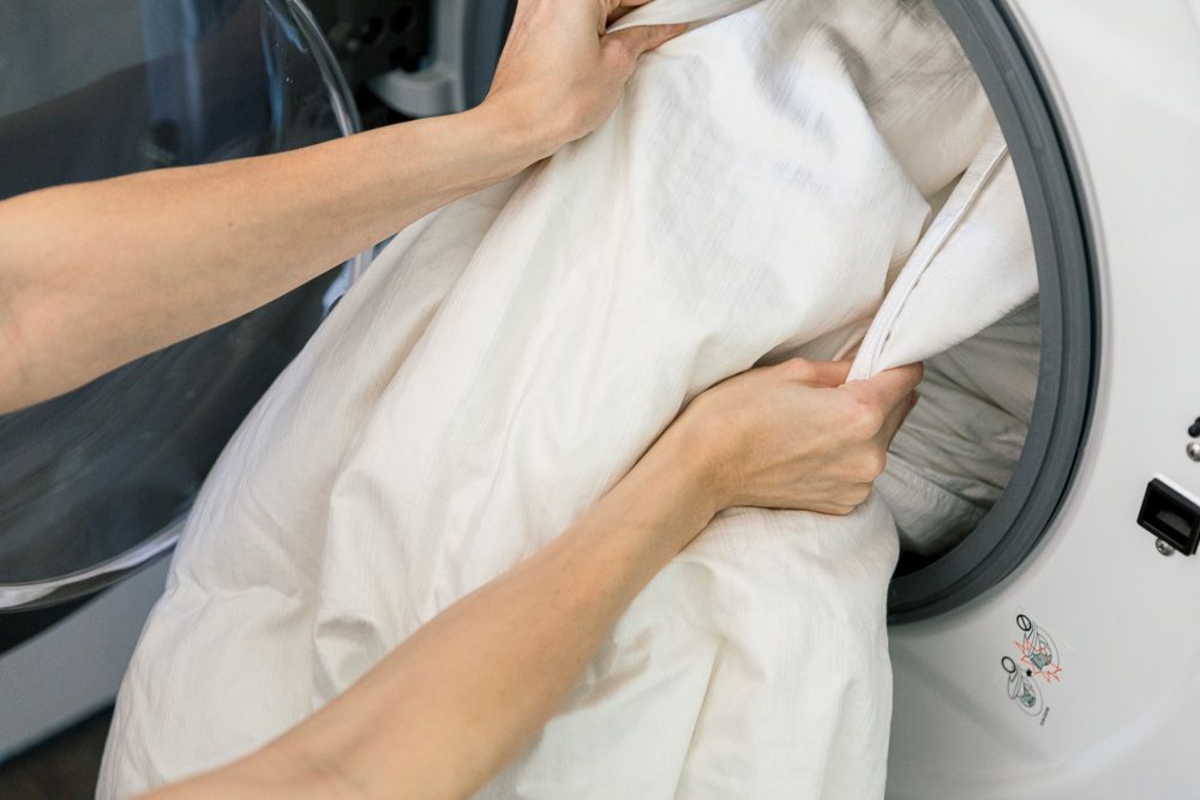
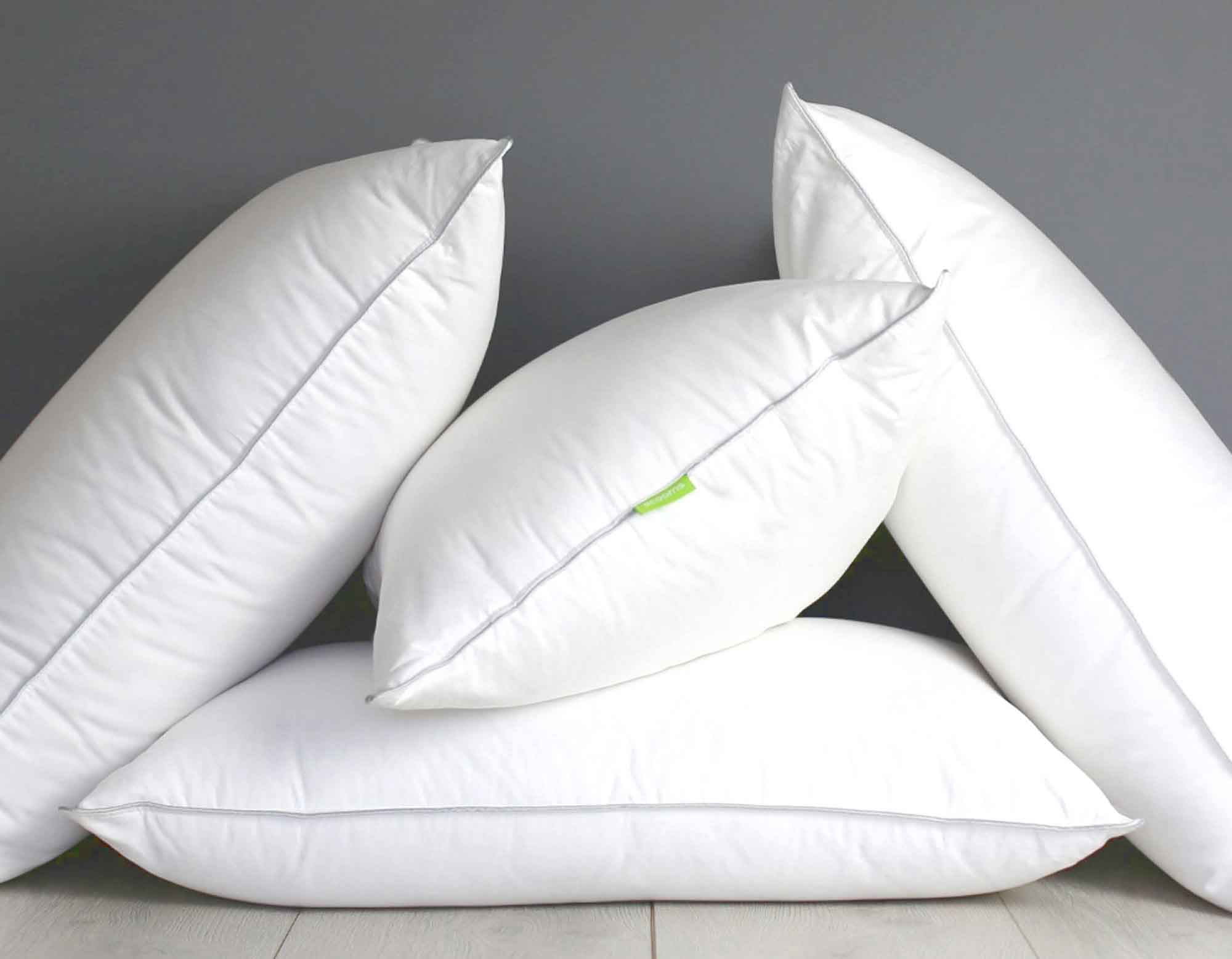
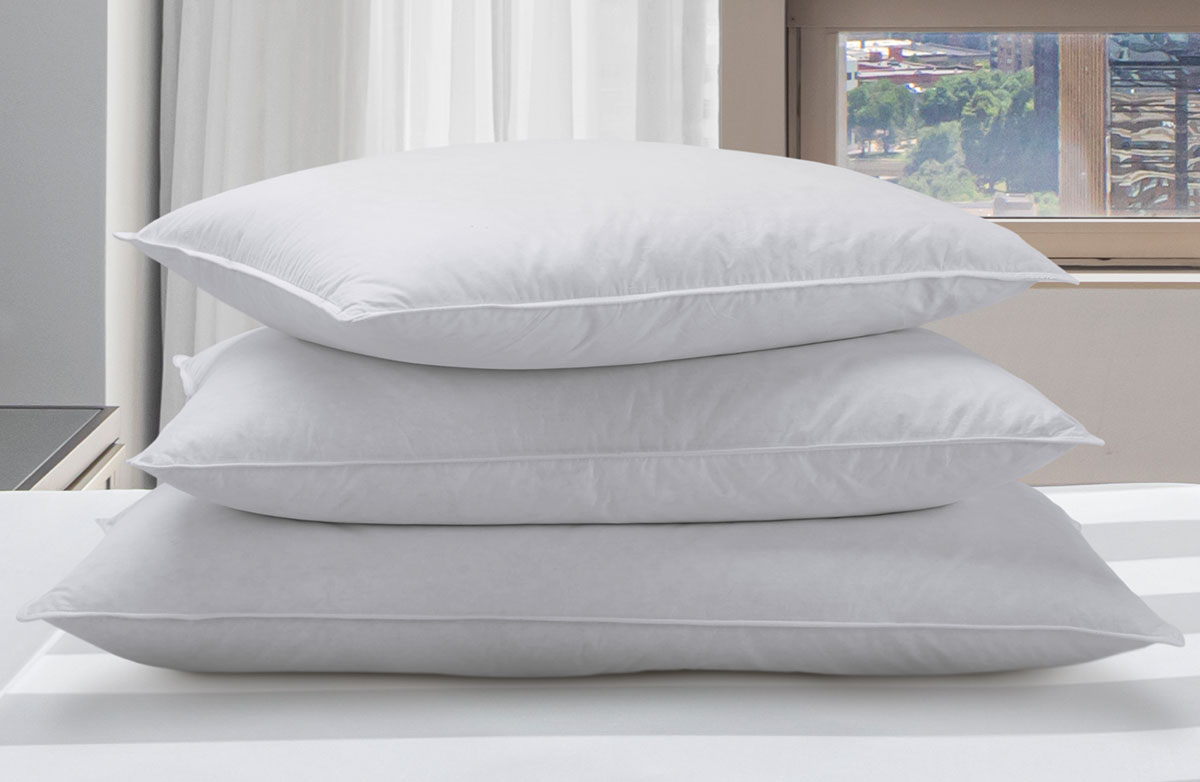
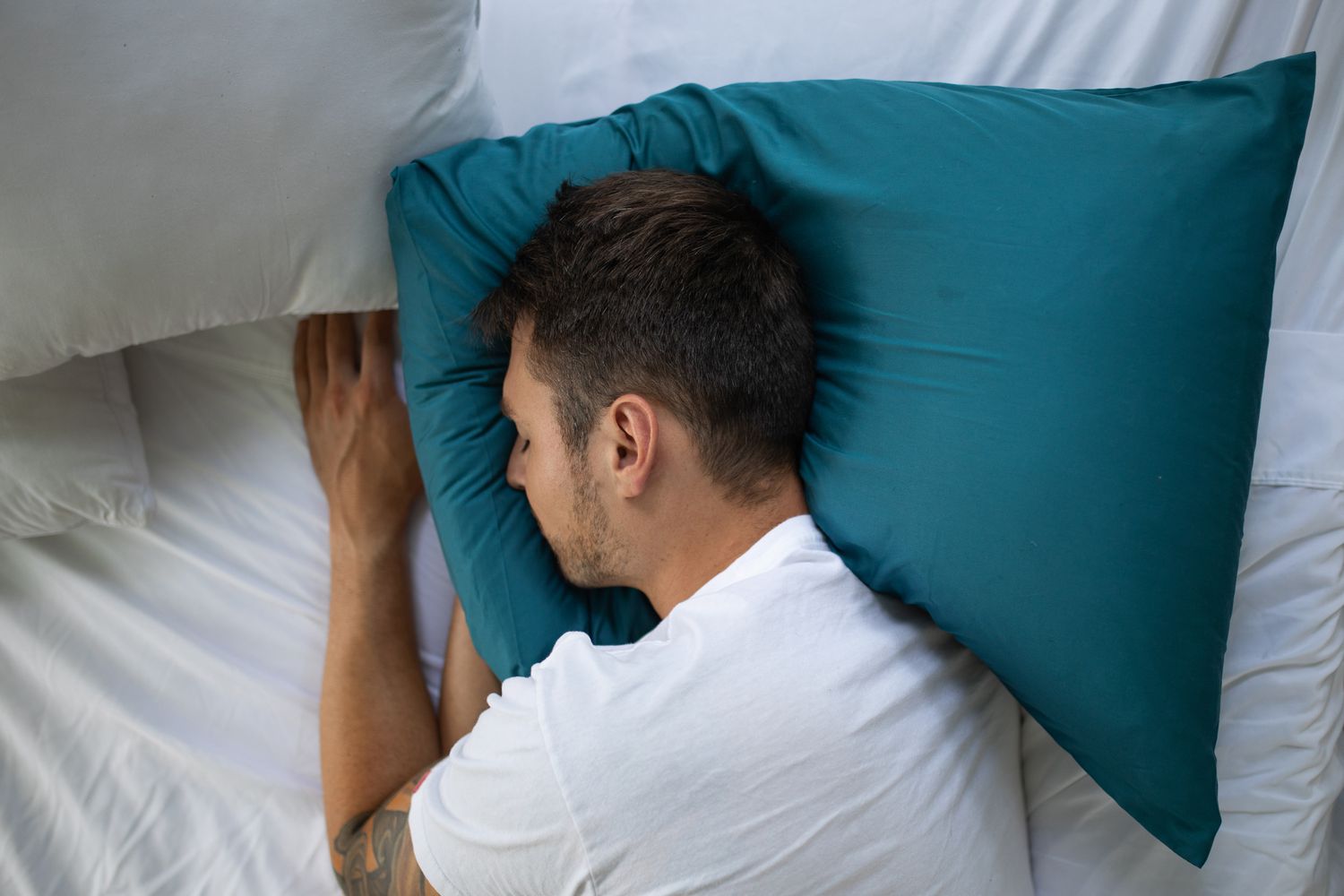
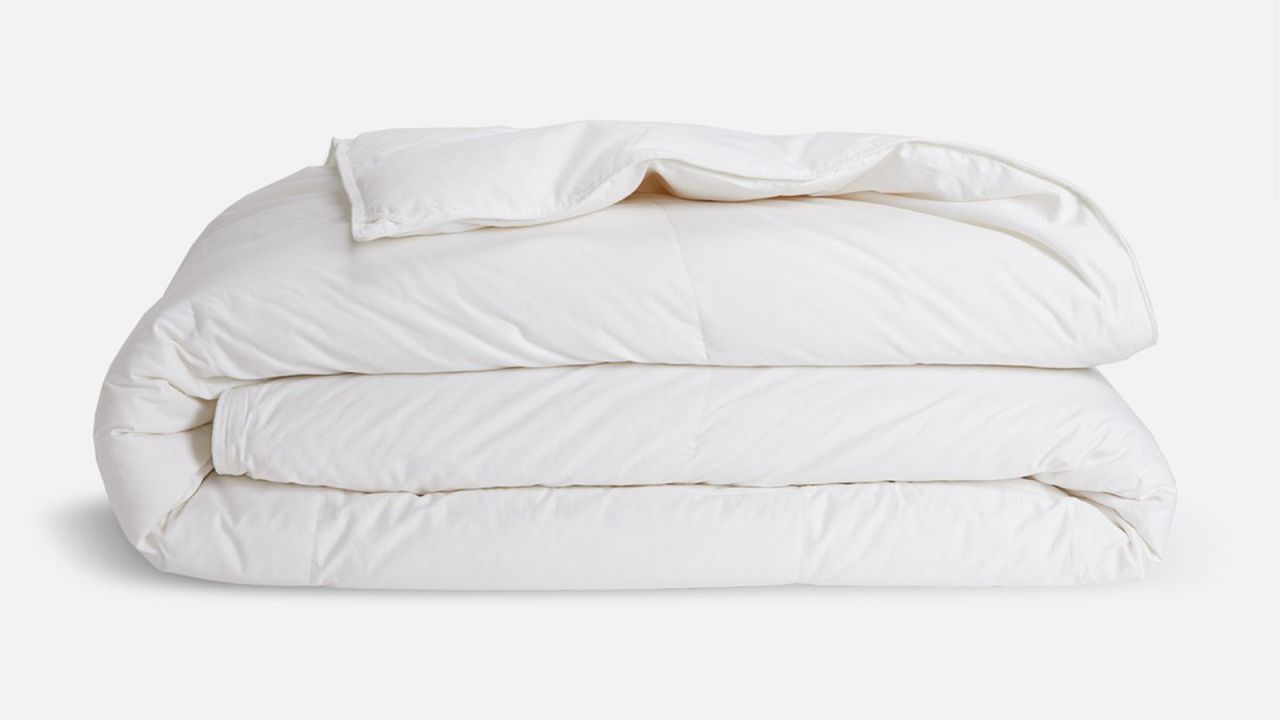
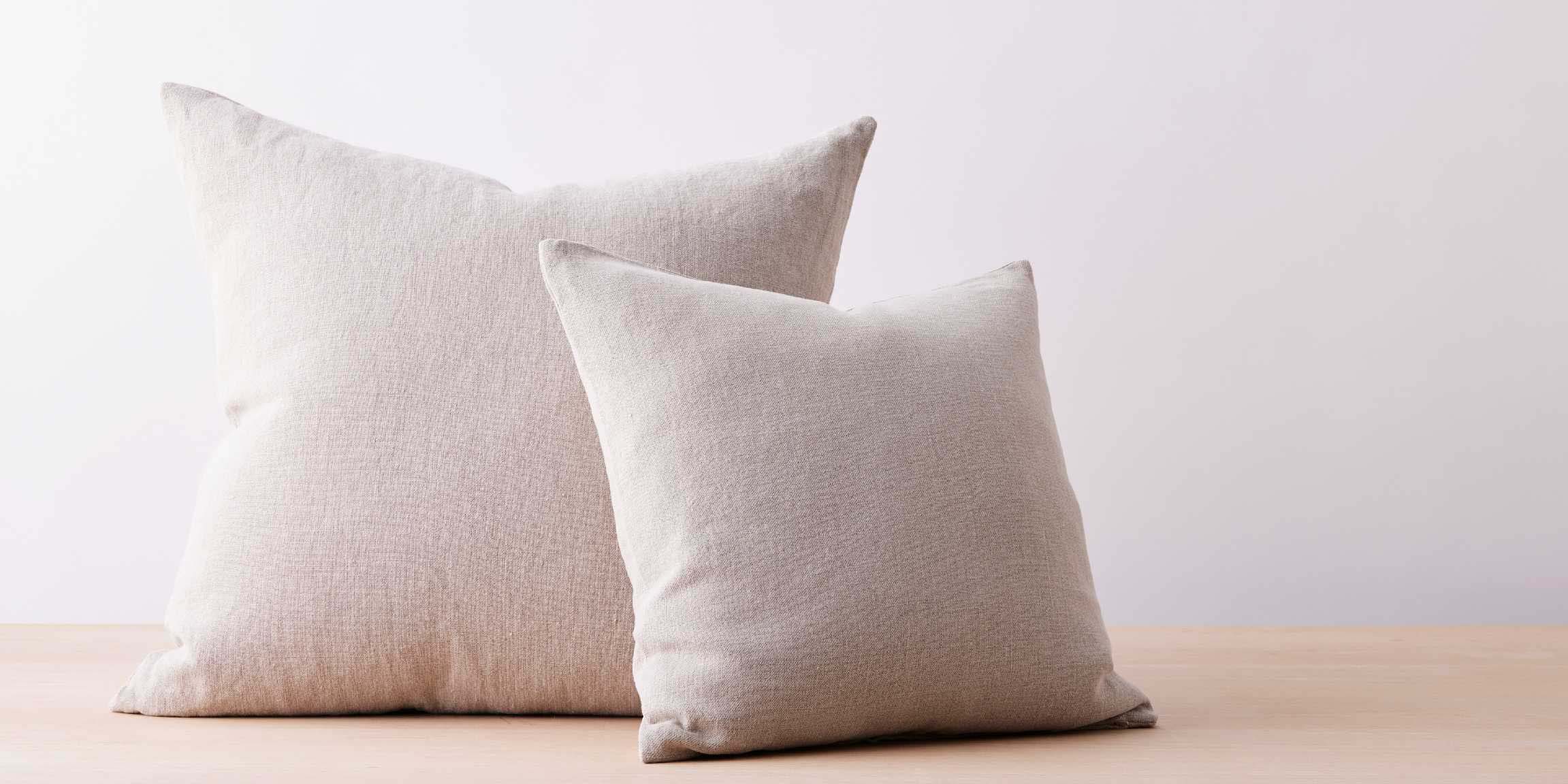
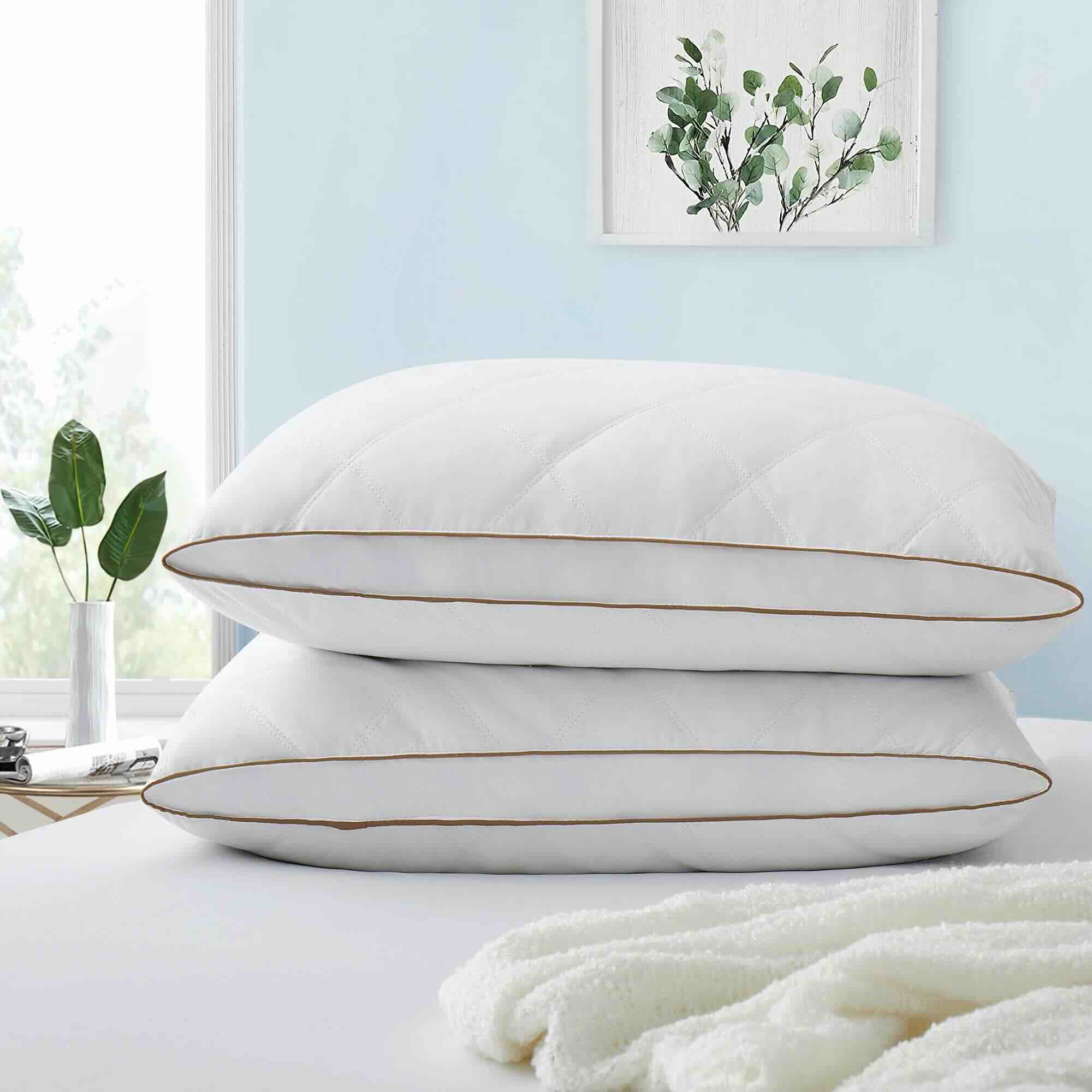
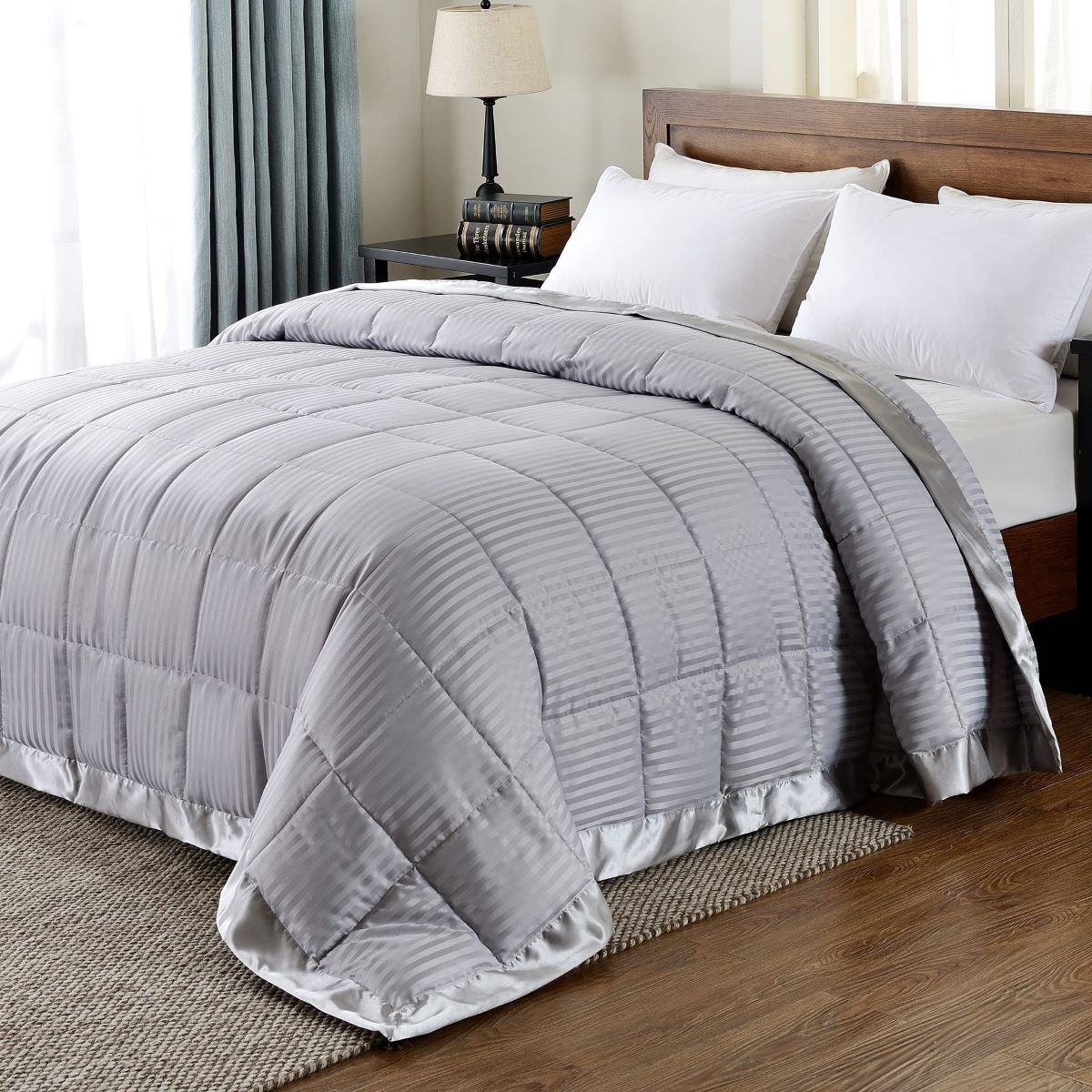
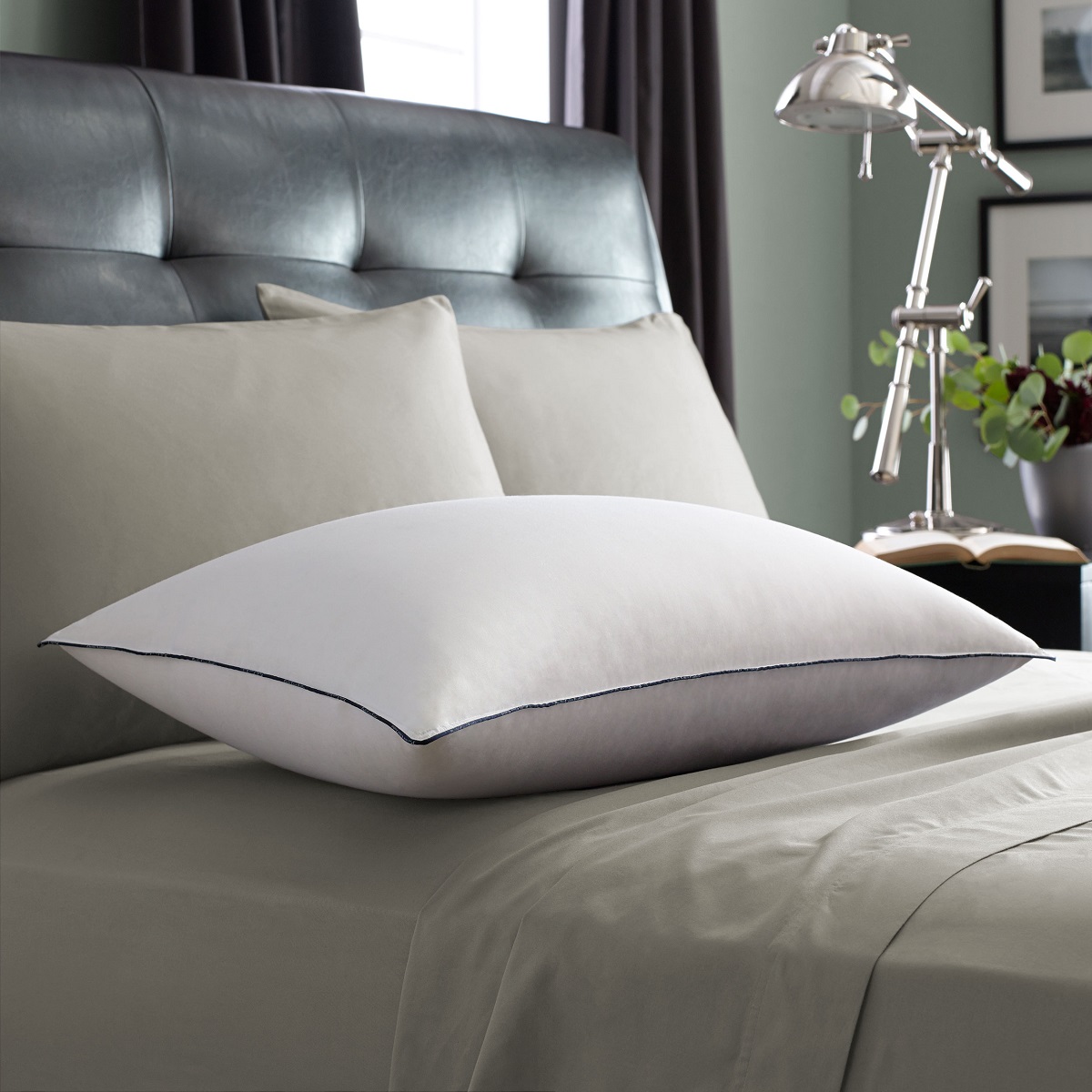
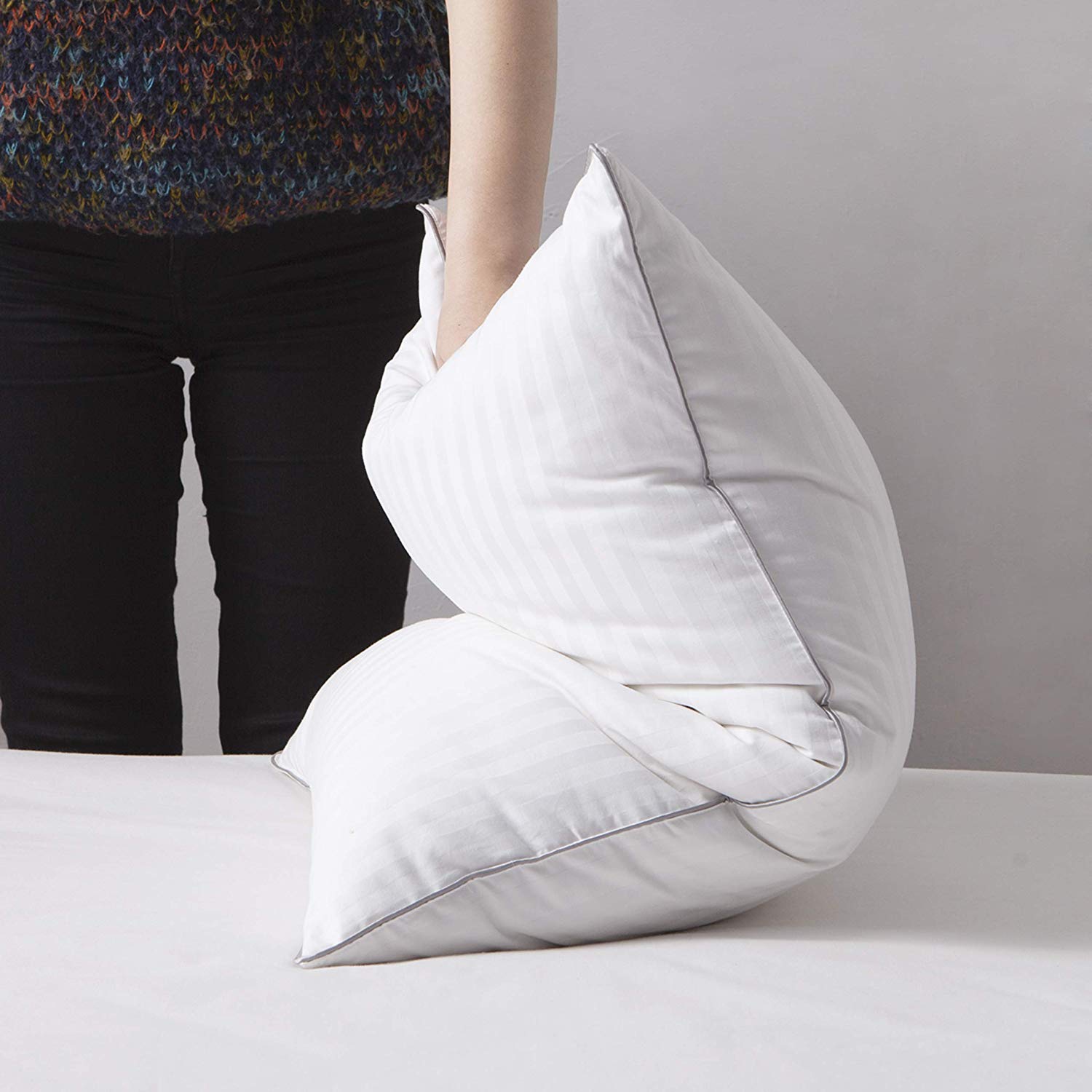

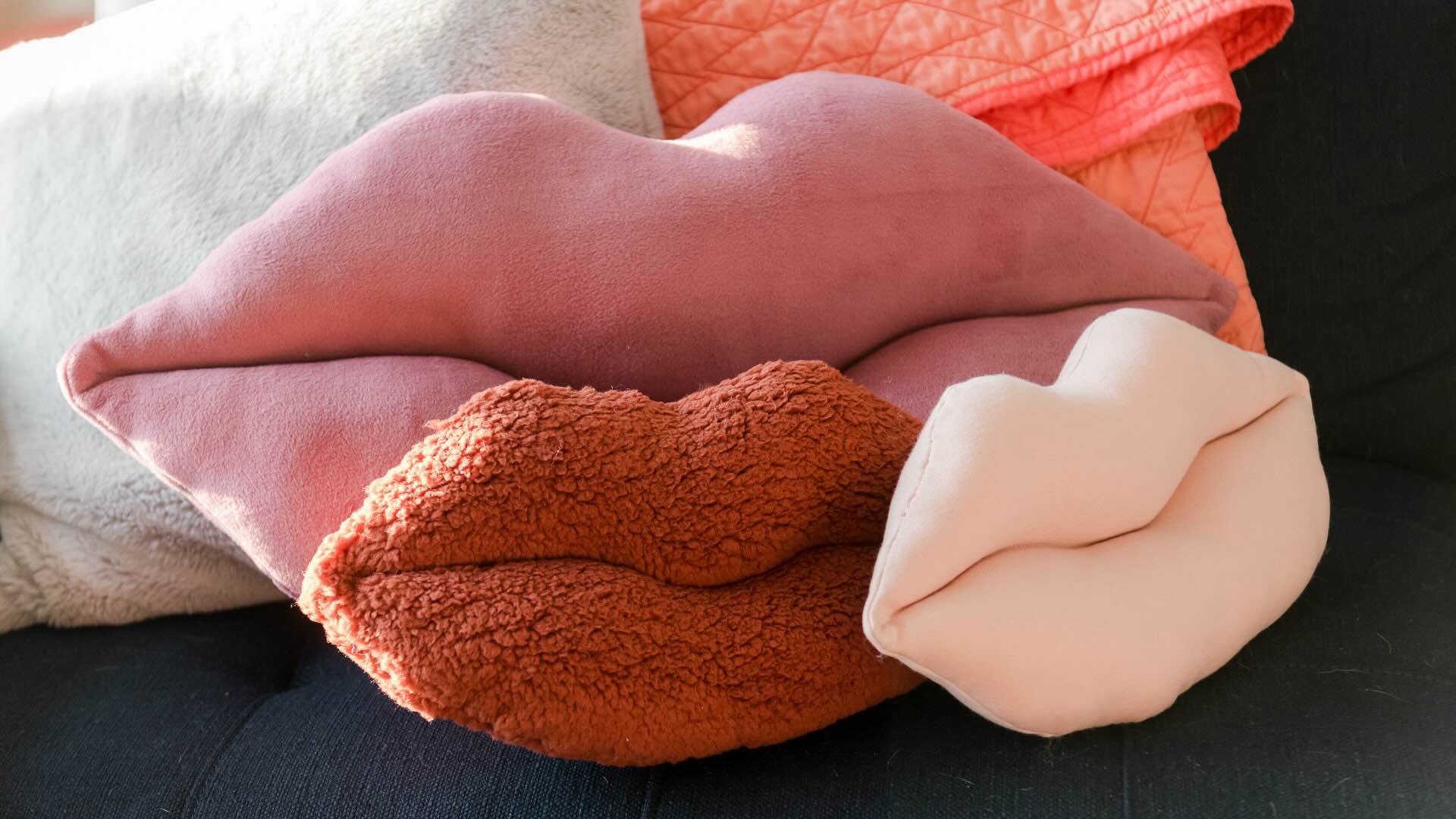

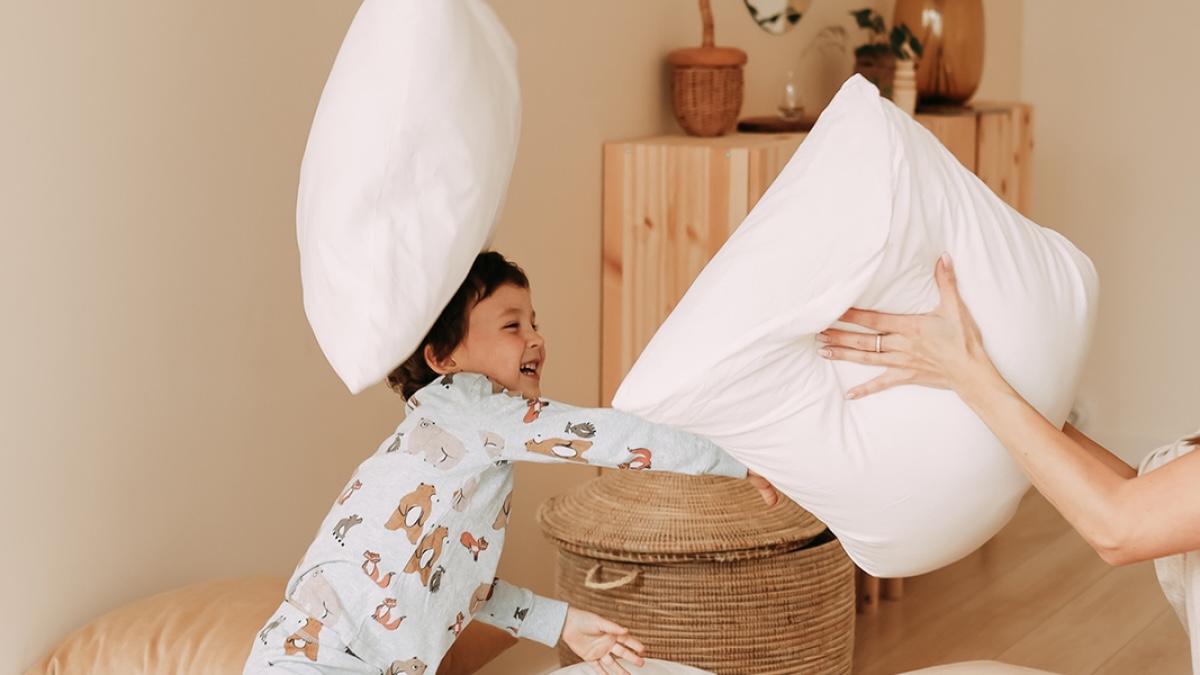

0 thoughts on “What Are Down Pillows”